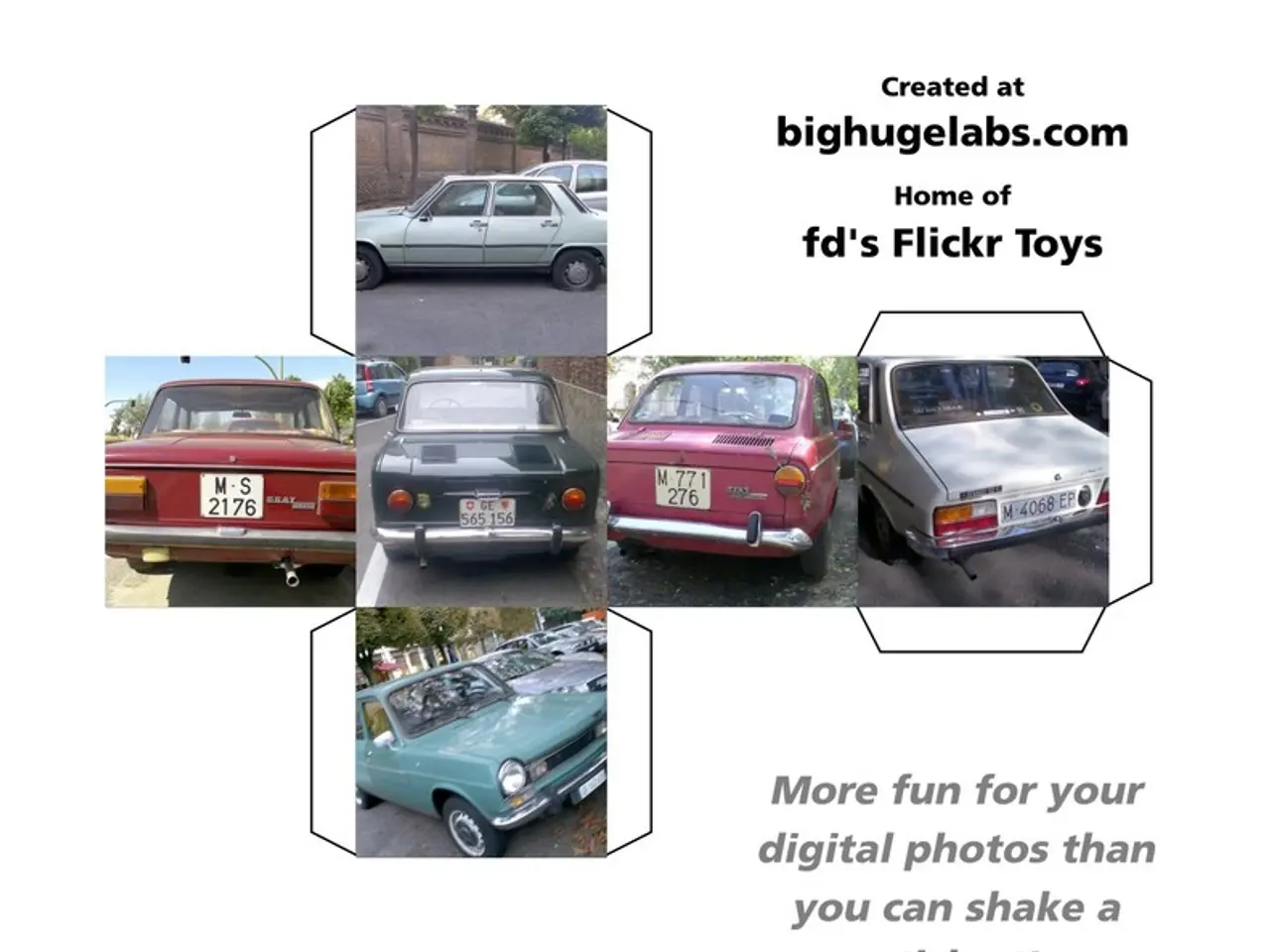Self-Driving Vehicles Take Control
In the rapidly evolving world of automotive technology, the Software-Defined Vehicle (SDV) is poised to revolutionise the industry. This transition affects not just the IT sector, but the entire product strategy.
At the heart of this transformation is the Digital Thread, known as Intelligent Product Lifecycle by PTC. This innovative concept creates a continuous connection of all data throughout the entire product lifecycle, from development to operation and maintenance.
The SDV communicates in real-time with various urban infrastructures such as traffic lights, parking systems, or charging stations, thanks to technologies like Vehicle-to-Everything (V2X). This connectivity promises to streamline urban mobility and pave the way for a smarter, more efficient cityscape.
Michele Del Mondo, Global Advisor Automotive at PTC, is spearheading this global automotive business. Del Mondo's expertise is instrumental in navigating the complexities of SDV development, which involves companies like Infineon, Bosch, IBM, and leading automakers such as Toyota, VW, and Volvo.
Infineon provides semiconductor components that enable high-speed data exchange within vehicles, supporting modular zonal architectures. Bosch offers modular, integrated software and hardware systems, emphasising functional safety and cross-domain expertise. IBM focuses on centralised computer platforms and modular software architectures, enabling Over-The-Air (OTA) updates and scalable, interoperable vehicle functions.
The combination of these solutions facilitates modularity by integrating software from various providers flexibly, supports OTA updates to continuously enhance vehicle capabilities remotely, ensures interoperability through compatible system architectures, and allows scalability via zonal vehicle computing concepts and software-based feature expansion.
However, the greatest challenge for SDV lies in scalability and interoperability. Manufacturers must decide which functions to standardise and where differentiation is necessary for market success. Early planning for openness can minimise integration efforts in the long term.
The SDV reduces errors, accelerates rollouts, and opens up new potentials in after-sales by allowing Original Equipment Manufacturers (OEMs) to selectively deploy additional functions. Application Lifecycle Management (ALM) plays a central role in implementing SDV requirements, enabling parallel work on software modules, orchestrating updates, and ensuring traceability throughout the entire lifecycle.
The SDV architecture must function in millions of vehicles and cities. As a full-fledged node in the urban Internet of Things (IoT) network, the SDV separates safety-critical functions like steering or braking from digital mobility services like parking or payment. The vehicle in an SDV "knows" not only which software version it uses but also which certificates apply in which region and which services have already been tested.
Integrated solutions from ALM, Product Lifecycle Management (PLM), and Model-Based Systems Engineering (MBSE) enable software architectures to be built for reuse and variant management. This approach ensures that the SDV can adapt to the ever-changing demands of the modern automotive landscape.
The combination of a modular platform, intelligent data integration, and flexible update mechanisms is key to staying ahead in this competitive field. The Acceleration Handbook for SDVs offers practical insights into these topics, providing a valuable resource for those embarking on this transformative journey.








